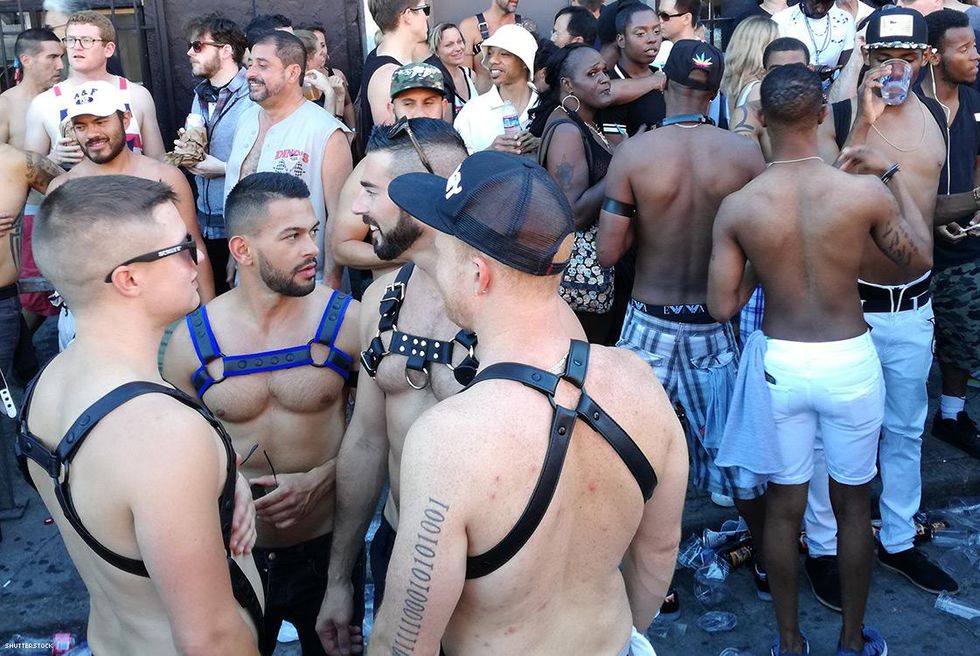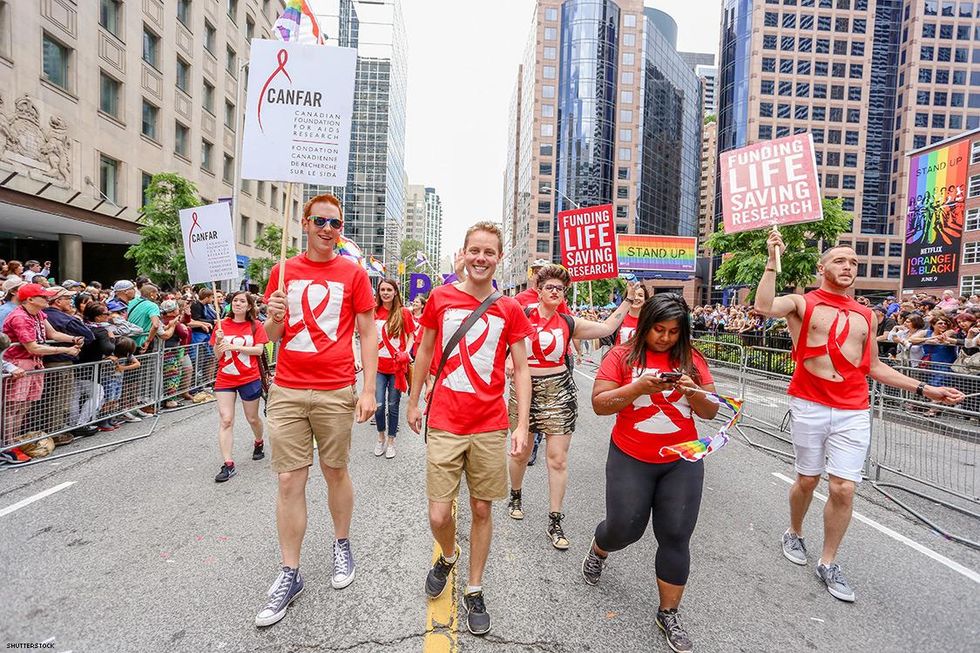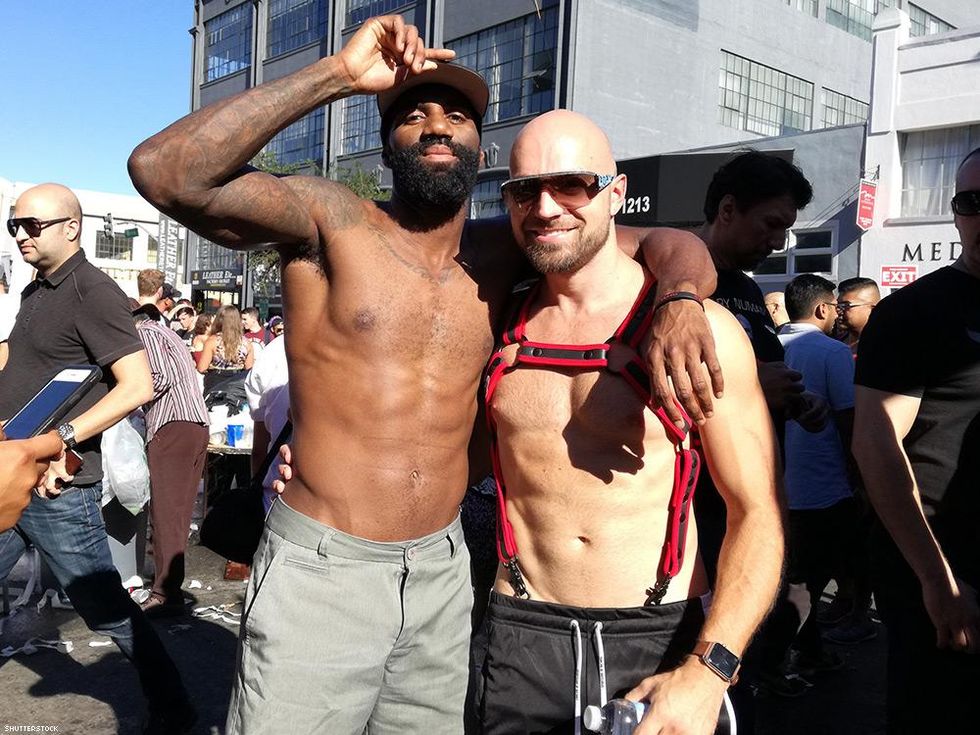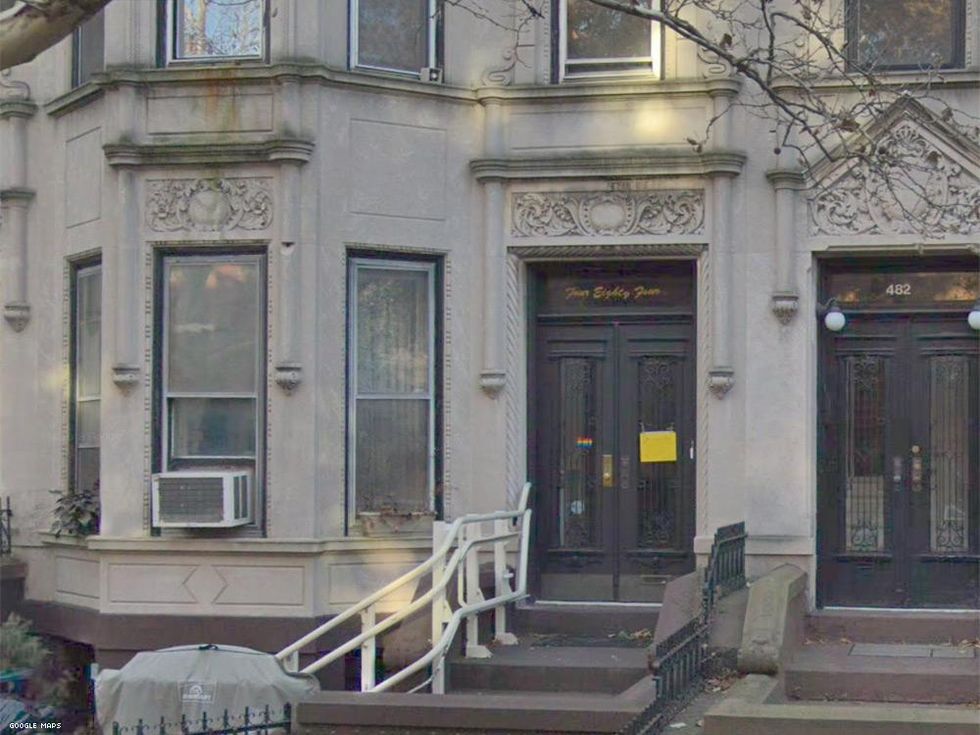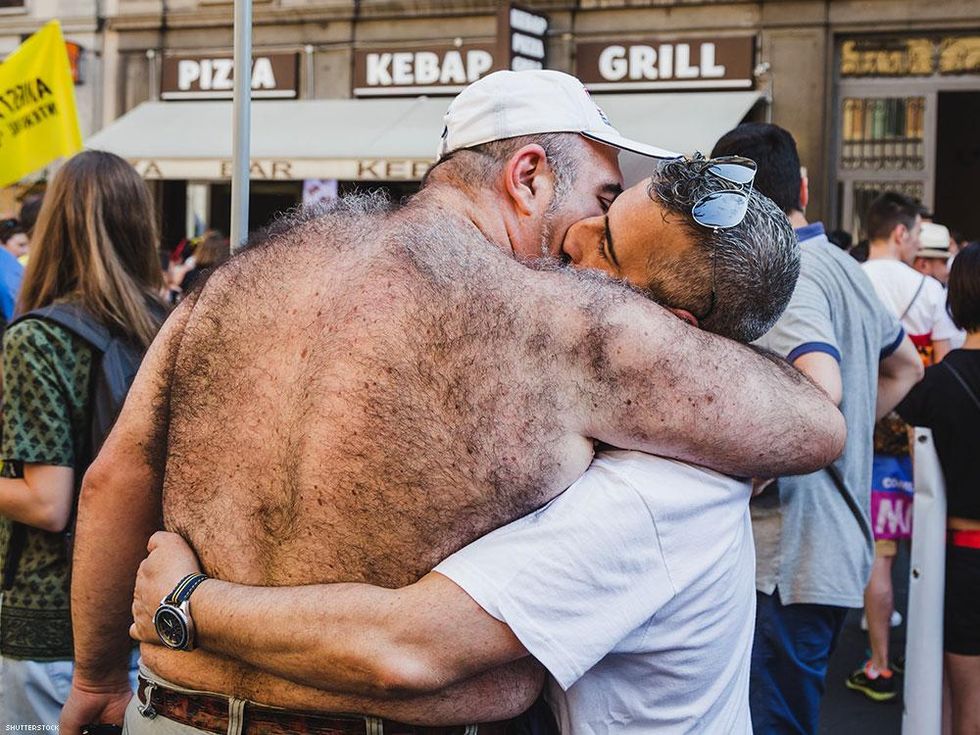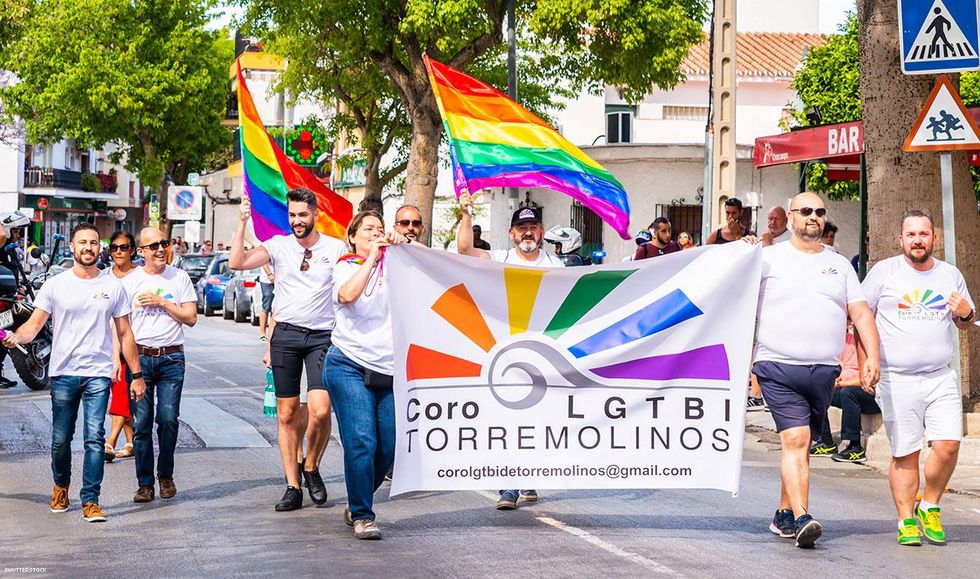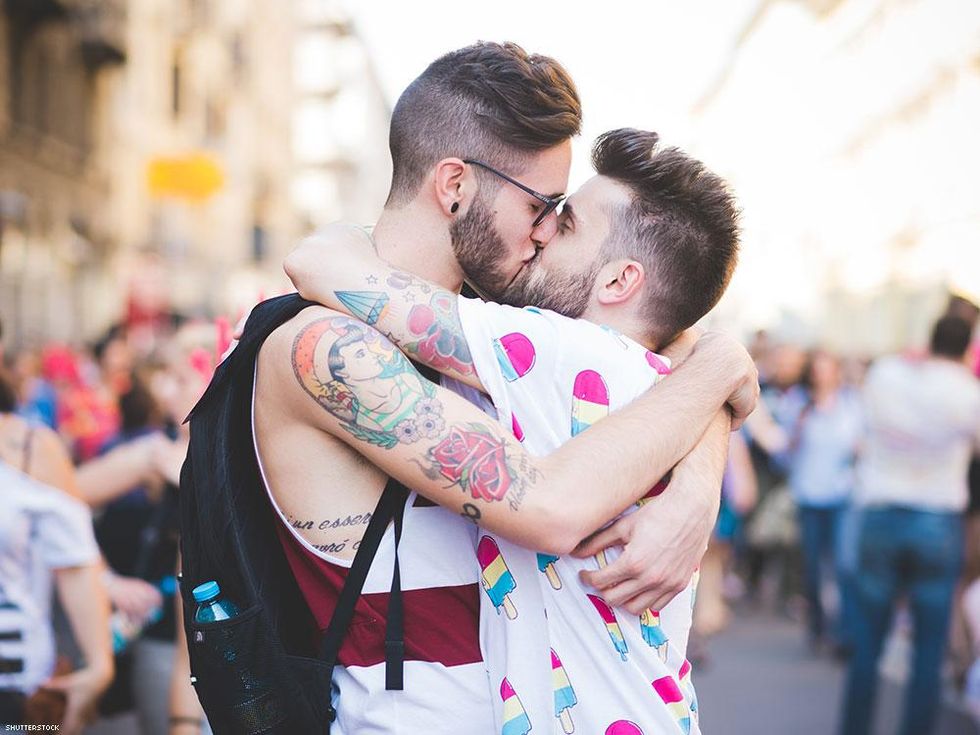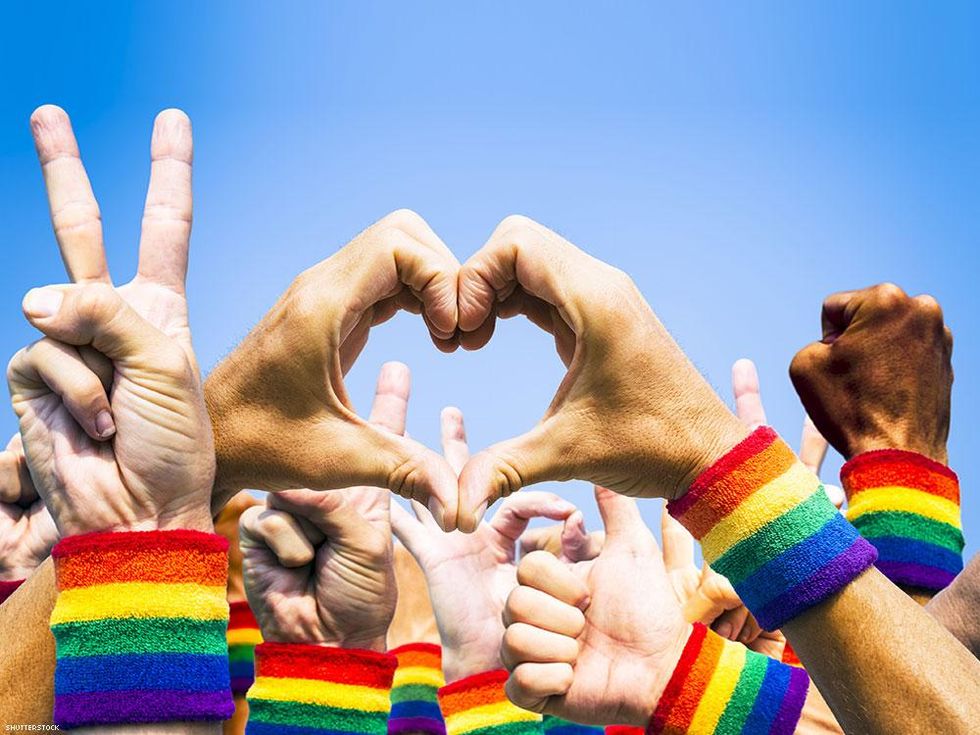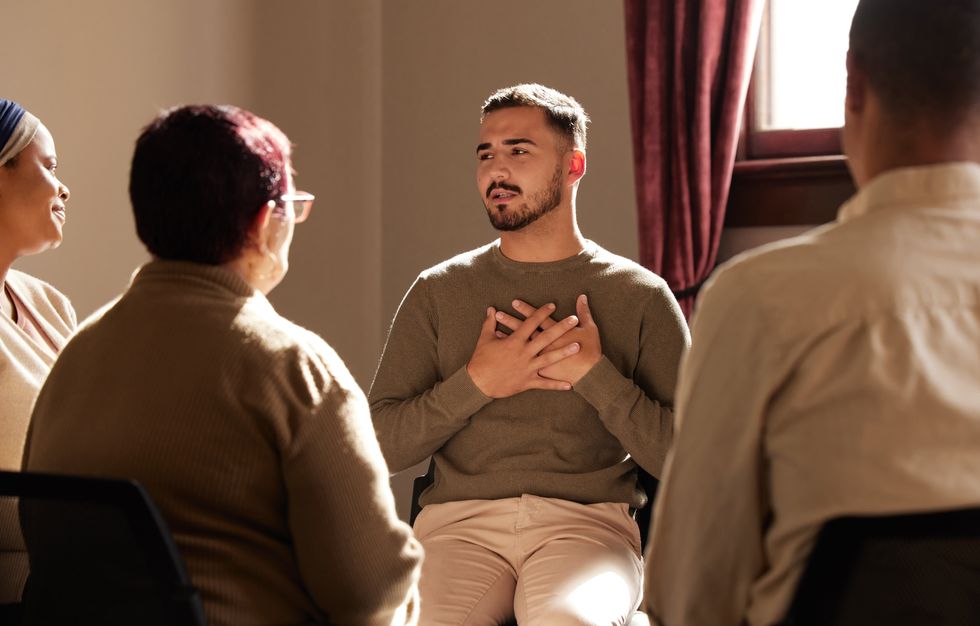When will the hatred stop?

Shutterstock
So often, educating yourself on sexual identities and orientations can alleviate so many of the issues we face on a societal level.
Not knowing and not understanding are two different things, but it's important to learn and work to understand people who may be different from us. Recently, hatred toward the transgender community has increased, and there's ever more fear in the hearts of trans individuals as they work to stay true to who they are.
Here are 10 harmful myths about what it means to be transgender that need to be squashed right away.
1. Only adults can be transgender

Shutterstock
Anyone can realize they're transgender at any age in life. Similarly to discovering if you're right-handed or left, you can quickly realize when you don't align with the gender assigned to you at birth. Trying to repress or change the gender identity doesn't work and can lead to more emotional and mental damage.
2. Transgender individuals hate their bodies

Shutterstock
Gender dysphoria is a medical diagnosis for someone experiencing emotional distress that affects their day-to-day life in transgender individuals who don't align with the gender assigned to them at birth. Not all transgender people experience this, and being transgender in and of itself is not a medical condition. Although they may disagree with their assigned gender, they don't experience the same level of serious anxiety or stress as those who do have the dysphoria.
3. Transgender people are confused

Shutterstock
One of the biggest myths out there when it comes to transgender individuals is that they're somehow confused about their identity and thus are misleading others in their outward projections of themselves. A big difference to note here: Gender identity refers to someone's personal identification as a man, woman, or nonbinary individual. Gender expression then refers to the characteristics or behaviors displayed in the individual. Those who identify themselves as transgender are neither confused nor trying to mislead anybody -- they simply know who they are and own it.
4. Transitioning happens after one "easy" surgery

Shutterstock
Transitioning is not a simple process. One does not simply wake up, decide they're transgender, and have their sex reassigned. Even after the therapy is required, there are also rounds of hormones to change the spectrum of the body, and gender-affirming surgeries are expensive and extensive. Depending on where they live, the person transitioning may even find legal boundaries that prevent them from moving forward. So, no, it does not just happen after one surgery, and that surgery is anything but easy — or cheap.
5. All transgender people want hormone therapy or surgery

Shutterstock
People choose to transition in many different ways. Those undergoing the transition usually seek what makes them the most comfortable with their identity. This can cover anything from clothing to mannerisms and can even be something as small as a name change. While sought by many, not all transgender individuals want to go through hormone therapy and/or surgery due to the impact it has on their bodies.
6. Parents of transgender individuals "did something wrong"

Shutterstock
This myth is something that many people within the LGBTQ+ communities experience. Let's just get this clear: Parenting really has nothing to do with a child's gender identity, nor does it really have anything to do with their sexuality. If your child has come out of the womb consistently insisting their transgender identity and remain persistent about it, just accept that's how they were born. Even if this happens later in life, it has nothing to do with the way they were parented.
7. Being transgender is a learned experience

Shutterstock
This, again, is something that many members of the LGBTQ+ communities face. Identity is not something that's learned from your peers. Although your peers may imitate or influence you in life, gender identity is a deeply personal issue that can't be determined by other people. Likewise, if your friend or child is spending time with someone who's transgender, that does not mean that they automatically will identify as that themselves.
8. Transgender people have created a third gender

Shutterstock
Most people who identify as transgender also identify as either male or female — however there are also those who are gender-nonconforming, genderqueer, or nonbinary, as well. Regardless of how someone identifies, there are dozens of ways for them to express that.
9. Being transgender is a mental illness

Shutterstock
As mentioned above, being transgender in and of itself does not equate to a mental illness, even if there are transgender individuals who identify with gender dysphoria. Again, not every transgender individual experiences this dysphoria, and even if they did, being trans in and of itself doesn't meet the definition of a mental disorder, which is classified as a psychological state causing significant distress and disability. This insinuates that trans individuals are essentially incapable of life, which is completely and totally wrong.
10. Transgender individuals use public bathrooms as cruising spots

Shutterstock
This is one of the most common lies being spread about what it means to identify as trans. More than 170 cities covering 21 states in the US prohibit the discrimination on the basis of gender identity, but people still seem to have a hard time with the concept of people using the bathroom. Transgendere people aren't anything new. Just because society is becoming more accepting of them and they're more comfortable expressing themselves doesn't mean that places like public bathrooms are going to become hunting grounds for people born under the opposite sex. If this thought process sounds a lot like you, please -- let it go.




































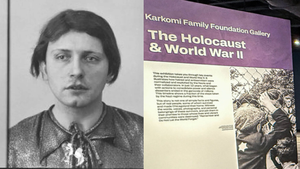





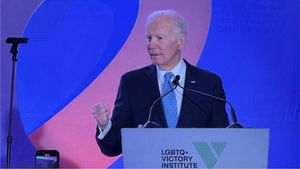






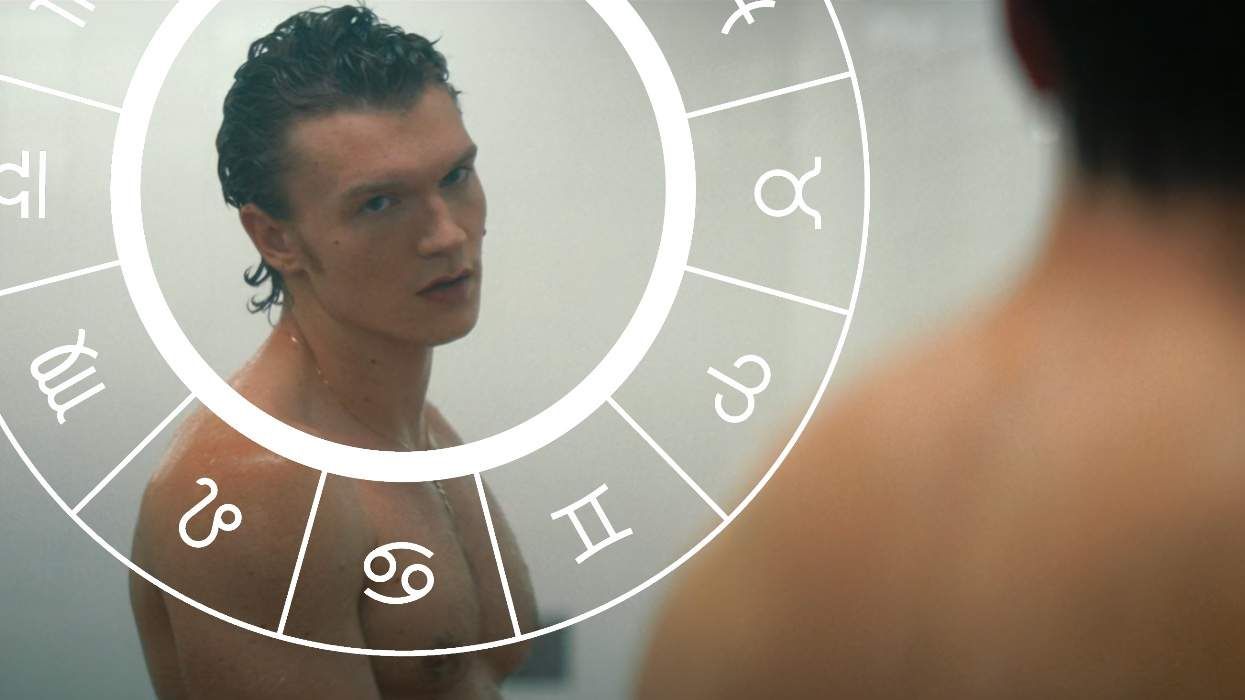
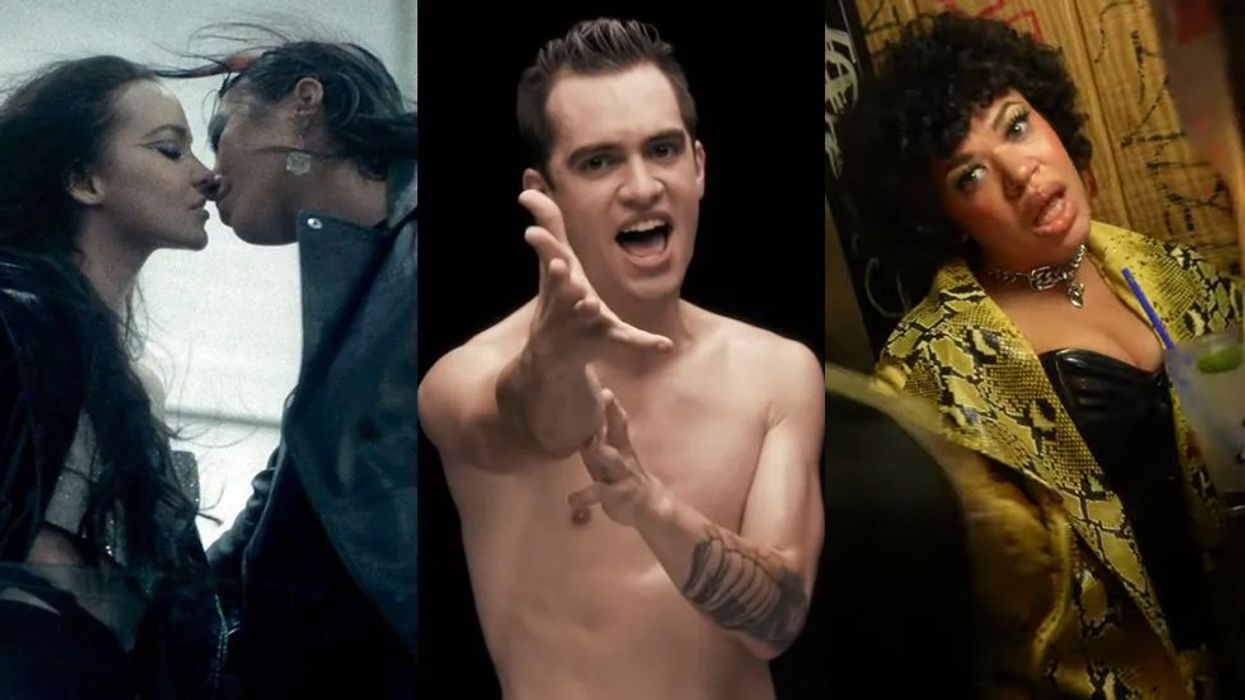
 35 bisexual pop anthems we have on constant repeatYouTube.com/Binoy
35 bisexual pop anthems we have on constant repeatYouTube.com/Binoy








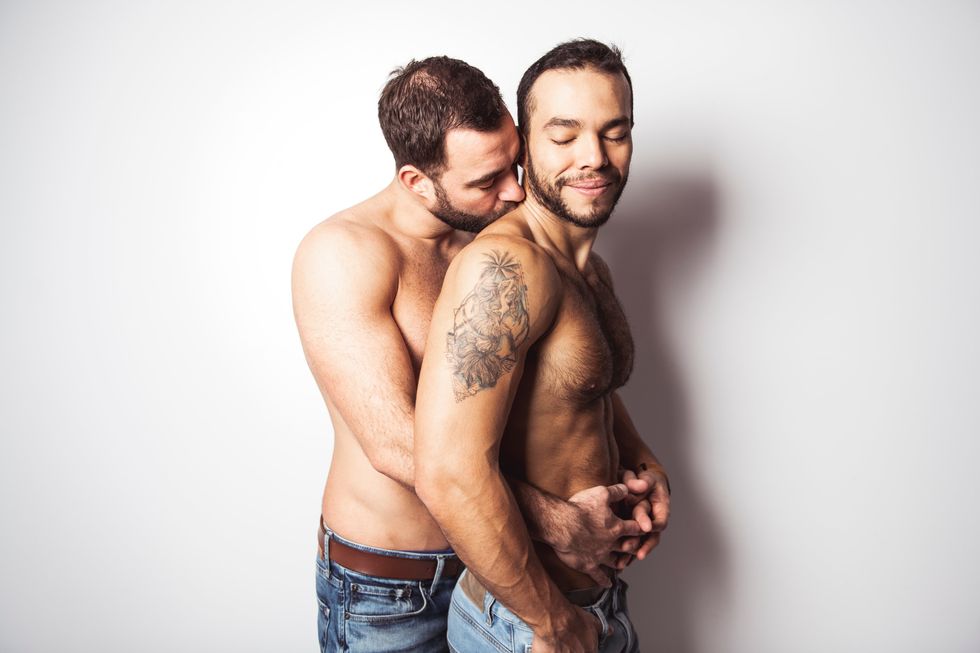
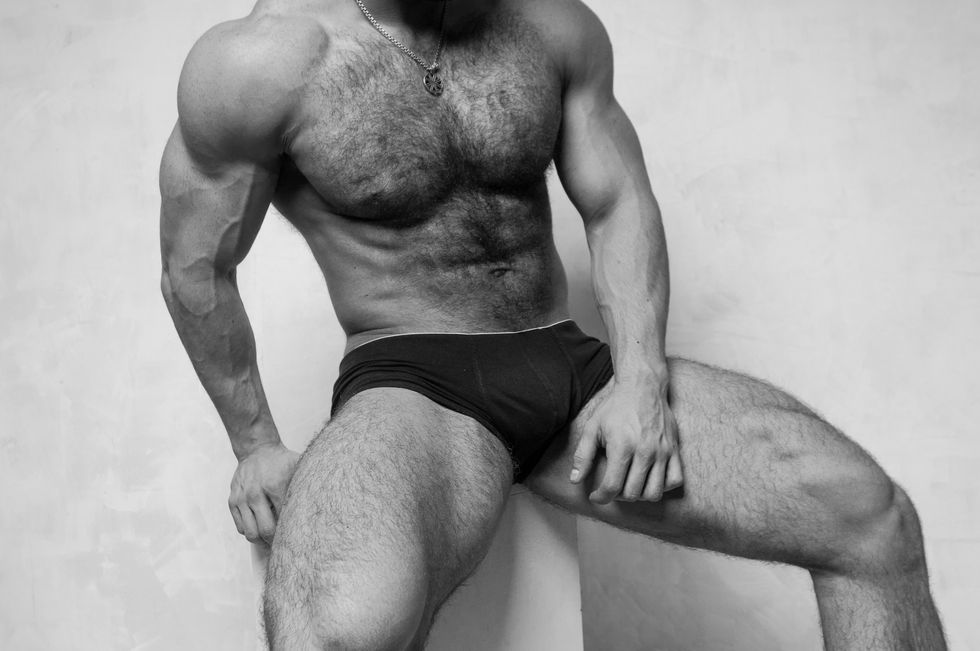
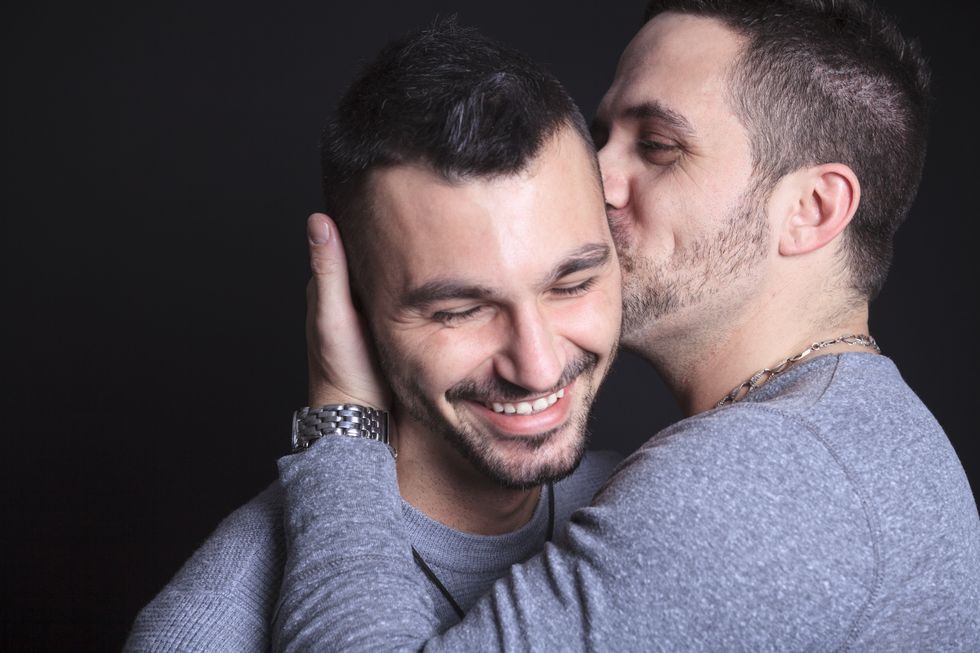



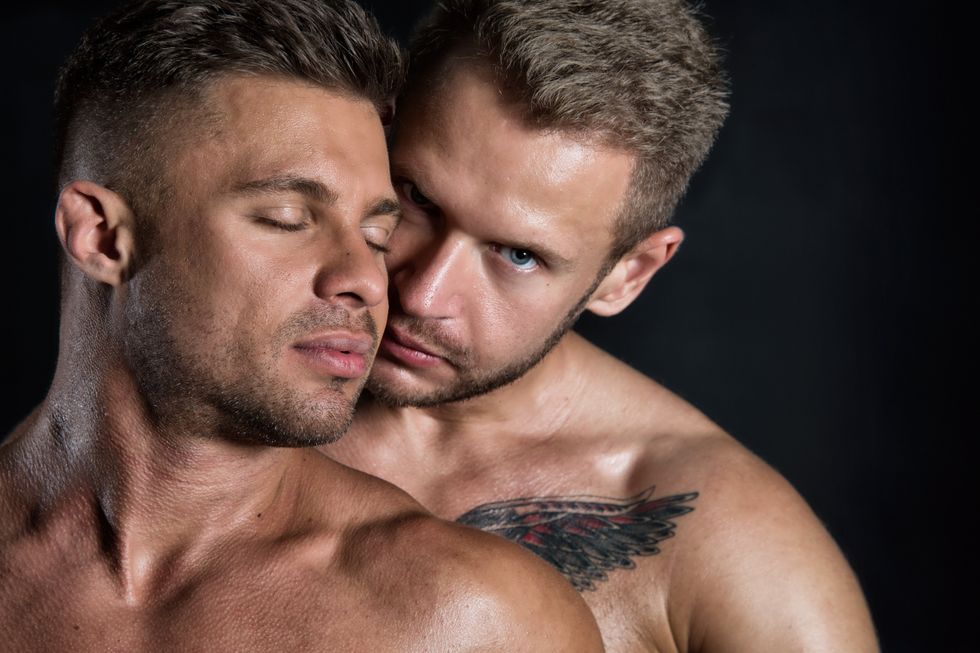
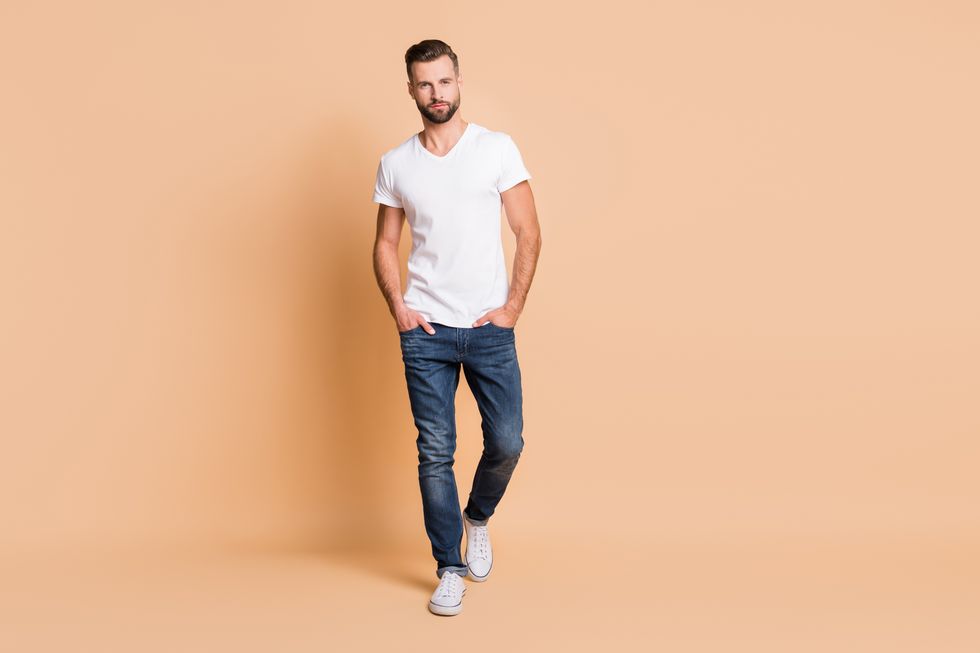

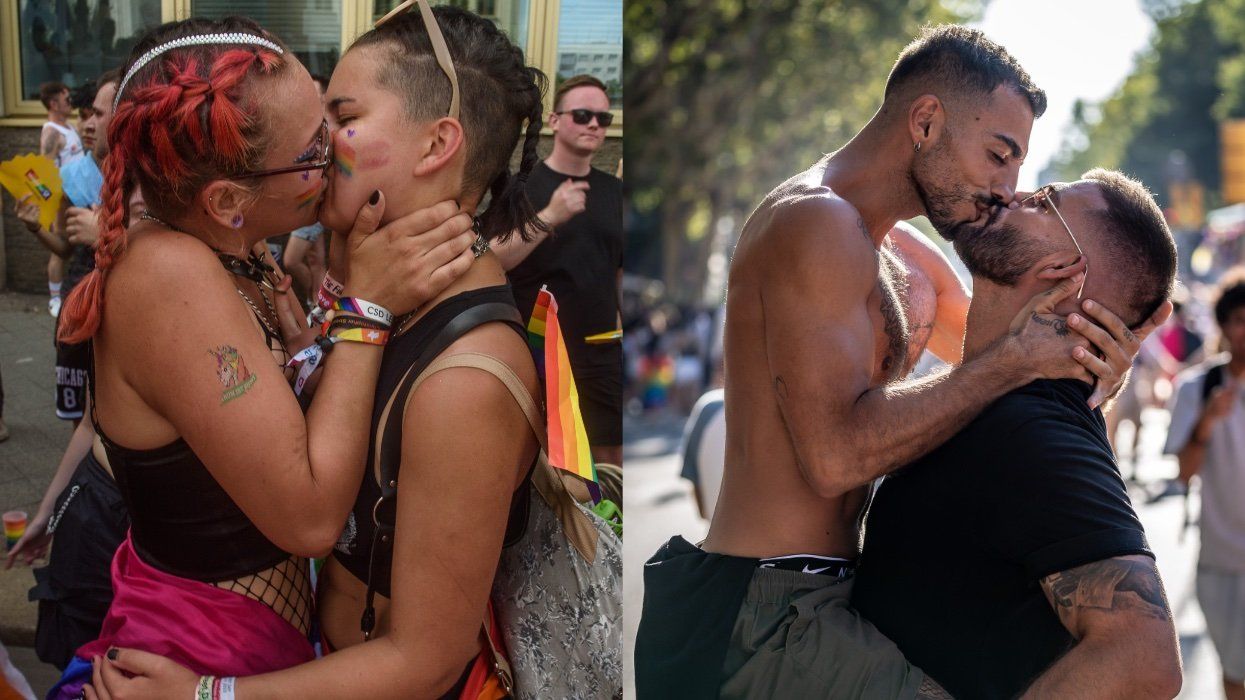
 A couple kisses in the middle of the street during the Christopher Street Day ; Men seen kissing during the 2023 Pride Barcelona Parade.Yerchak Yauhen/SOPA Images/LightRocket via Getty Images; imone Boccaccio/SOPA Images/LightRocket via Getty Images
A couple kisses in the middle of the street during the Christopher Street Day ; Men seen kissing during the 2023 Pride Barcelona Parade.Yerchak Yauhen/SOPA Images/LightRocket via Getty Images; imone Boccaccio/SOPA Images/LightRocket via Getty Images
